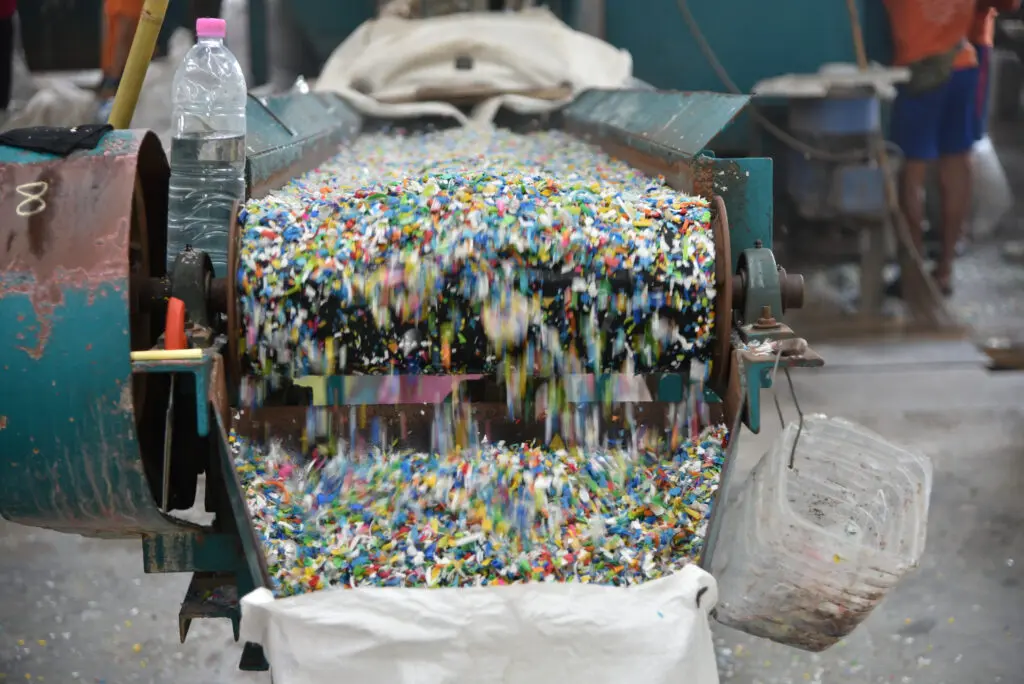Secondary plastics prices have increased slightly in February but ‘low prices and high costs are taking their toll’, says BIR.
The world recycling organisation notes that freight costs have risen because of the situation in the Red Sea alongside limited demand for raw materials. Henk Alssema, of Vita Plastics in the Netherlands, makes the observations in the latest quarterly BIR Mirror. The chairman of the plastics committee points out that container shipping through the region has decreased by almost a third this year owing to the attacks on commercial vessels.
‘Despite the slight price increases for HDPE, PET, PP and HIPS, demand for recycled materials has still not returned to previous levels,’ Alssema writes. ‘Many recyclers attribute this to cheap imports of prime materials, although a survey of European traders has revealed that trade in these prime materials has also witnessed a significant decrease owing to the worsening economic situation in Europe.’
More capacity
The chairman also observes that the revision of the EU Waste Shipment Regulation last November will require more recycling capacity in Europe over the coming years. Restrictive measures on exports will mean more materials staying in Europe for processing. But he is concerned that a combination of low prices and high costs ‘is taking its toll’. In the Netherlands, one of the leading recycling companies, Van Gelder, filed for bankruptcy in January.
‘Such capacity losses are in contradiction to the need for greater capacity. There is a growing demand from our industry to make it mandatory to incorporate recycled materials into end products as soon as possible. European policies need to be better aligned to ensure the achievement of circular goals.’
‘Uncertain and pessimistic’
Fellow board member Steve Wong, of Fukutomi in China, adds: ‘The outlook [in China] remains uncertain and pessimistic at least until early March, with some experts anticipating a protracted unchanged scenario throughout the first half of 2024. The market is witnessing an abundance of recycled material offers from various countries, with some prices so low that they fail to cover pelletising costs.’
Noting the higher freight charges because of the Red Sea situation, Wong notes: ‘Scrap plastics are mirroring the challenges seen in the recycled pellet markets, with operators facing thin or negative margins.’
Flat US markets
Board member Sally Houghton of the Plastic Recycling Corporation of California (USA) reports: ‘For the US plastics recycling industry, the start of 2024 has brought uncertainty and a continuation of the flat market conditions seen at the end of 2023. There has been little change and demand remains steady but lacklustre in most of the post-consumer resin markets.’
Don't hesitate to contact us to share your input and ideas. Subscribe to the magazine or (free) newsletter.



